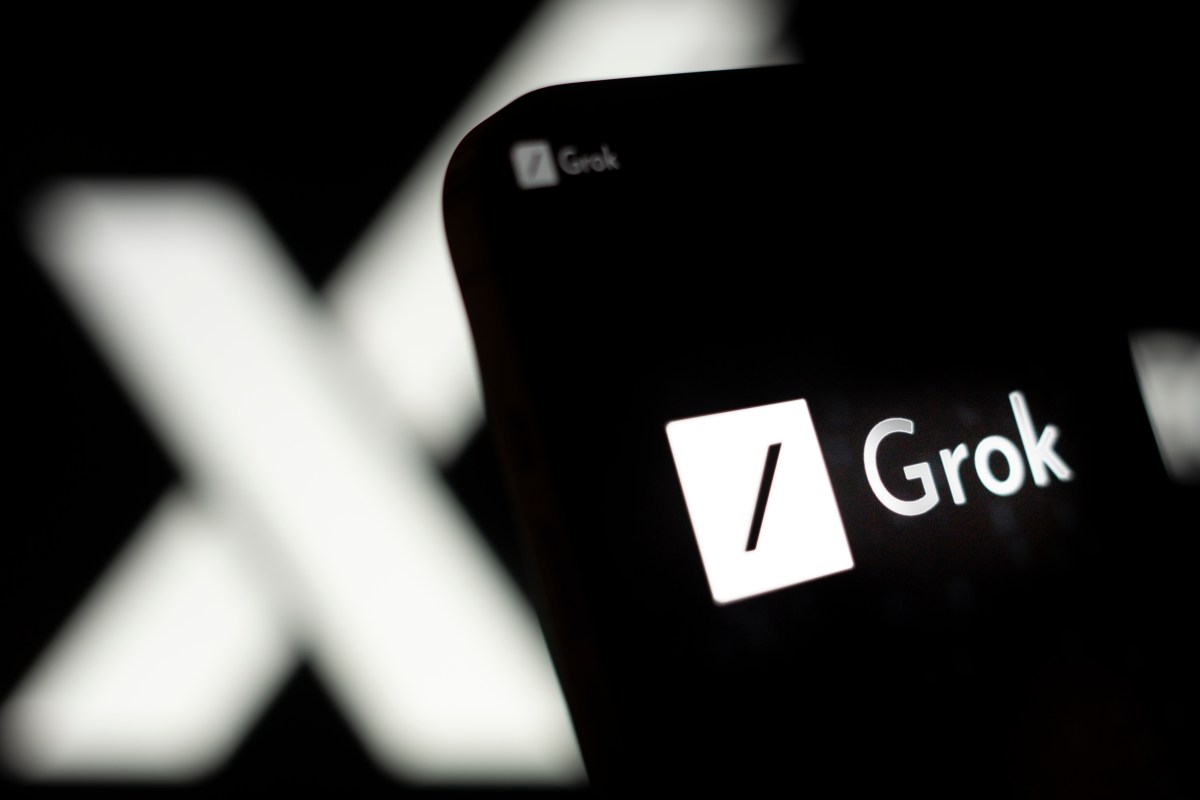ARTICLE AD

Cleveland-based electric motorcycle startup Land Moto is looking to diversify by powering up the battery design side of its tech, and has raised $3 million (on top of $7 million raised last summer) to do so in 2024.
Land’s primary product is a striking electric motorbike called the District, which sits somewhat at the intersection of e-bike and motorcycle. Powered by one or two large Land-designed batteries, the District can be limited to Class 2 operation (meaning no permit required) or taken up to above 70 MPH in performance mode.
(In the interest of transparency, I was actually looking into buying one of these things before I decided it was a bit too much bike for me. Having seen on in person at CES, I’m glad I opted for something lighter but was newly tempted.)
But like many electric vehicle manufacturers, Land is finding that there is a lot of potential in having a giant battery present at someone’s home beyond simply transportation. Just as some carmakers have flirted with the idea of having your electric car act as a home battery, why shouldn’t your electric bike do the same, to a lesser extent?
The Core batteries come in a few sizes, up to a nominal 5.5 kWh, which gives the bike 80-100 miles of range. It’s also enough to charge your phone for a couple months or run the coffee maker during a power outage, and they’re hoping to promote this use case with a new accessory called the Power Tap.
Recently put up for pre-order, the device adds a 400W, three-prong outlet and four USB-C plugs to the side of the bike — obviously not for when you’re riding, but for when you’re sitting in the woods or at the cafe you were riding to.

Image Credits: Land Moto
But the new $3 million isn’t just to ship that — the plan is to invest more heavily in the battery manufacturing and design piece in general, making the Core batteries more than just the thing that go in this particular bike.
“Being able to make electric batteries in-house is a pivotal moment for the team. It allows us to ramp up battery manufacturing in 2024 and continue to innovate and improve the intuitive design of the battery,” said Evan Painter, Land’s head of design, in a press release.
I chatted with Painter at CES and he said that the company has observed the electric ecosystem spreading out, not just into more specialized transport (like high-end electric motorcycles), but to micromobility and off-grid purposes.
On display at CES was a newly redesigned battery with the same general shape but built-in next-gen and consumer-grade inputs and outputs. At present that means USB-C, USB-A, an AC outlet, and solar input ports, but that could change as they continue to develop the device. I couldn’t get Painter to elaborate too much more on the possibilities for home use and integration.
As with other electric ecosystems, the new battery is designed to slot into the bike’s slot with minimal modification. And of course it may also power future vehicles of different sizes and types.
The $3 million funding round brings the company’s total to $10 million, and was led by a special purpose venture vehicle called Nunc Coepi Ventures.

 1 year ago
93
1 year ago
93 

